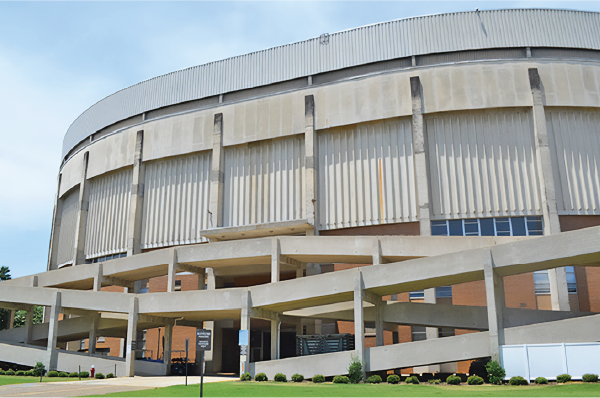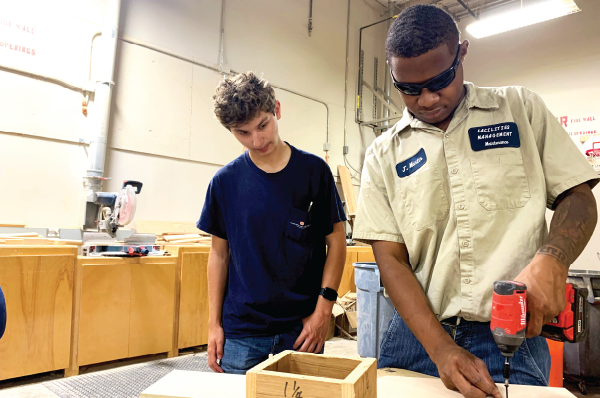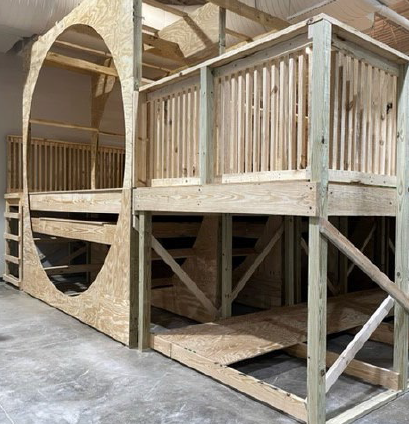
If you walk into the Radio Frequency Identification (RFID) lab inside the West Glenn Complex, you might think you are walking into a department store. But tucked away in a corner is a full-size section of an aircraft made possible by the Facilities In-House Construction group.
“As far as I know, this is the only full-scale mock-up of an orbital module focused on RF (Radio Frequency) performance in the world,” said Justin Patton, director of the RFID Laboratory.
The RFID researchers are using the model to find out how to use RFID systems on the current and upcoming space stations (International Space Station and Lunar Gateway), and ways to transfer technology to commercial aviation for tracking luggage and safety equipment.
The model can simulate three different aircrafts—a cargo plane, large commercial plane or an orbital module meant to act as a section of a space station.
“An airplane is almost the same shape as an orbital module. The structure the In-House team built allows us to simulate both and to quickly change back and forth between the two types of systems (space or commercial aircraft),” Justin said.
Finding an outside contractor to build a one-off project to support an aircraft fuselage was going to be a challenge—that is when In-House Construction was assigned the project.
“They asked us to build a fuselage that could be set up to mock a commercial passenger airplane, a cargo plane and a section of the space station, which all happen to be the same size,” said Hank Moreman, manager of In-House Construction. “Wrapping our brains around this thing was truly enjoyable. It is not often that you are assigned a project that makes your brain swirl, but this was one of them.
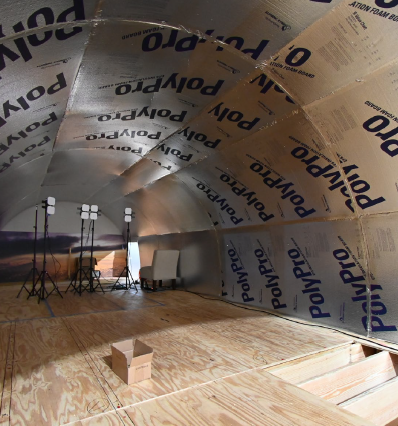
“I wasn’t a hands-on carpenter on this project, but just to be a part of the conversation was fun for me and, I think, a lot more fun for the team.”
The team Hank referred to included Darrin Moody, In-House supervisor; James Welch, lead carpenter, and team members Stephen Bryant and Caleb Bentley.
“We are carpenters, that is what we do,” Darrin said. “But you know, this project was just different.”
And to add to the challenge, it had to be adjustable. So how did they do it?
With a set of preliminary drawings and Darrin’s research, Darrin and James sat down and began to visualize and plan, reviewing the preliminary plans, building the structure in their heads, and drawing out ideas and steps on a whiteboard.
“That is how we do it,” Darrin said. “We build several times in our minds before we ever step into a room. I also started researching passenger planes to see how they are set up.”
Within four weeks the team completed the structure.
“We have, through the build, given (RFID researchers) everything except for the aluminum skin. We built the frame of the airplane, and they are going to put the clothes on it,” Hank said.
Since the team completed the support structure this summer, RFID received the skin and is now conducting research within the craft.
In-House received a glowing review for their work.
“Overall, they were excellent to work with. They were friendly, and any time we had questions or changes, they were happy to accommodate,” Justin said. “They were curious and asked a lot of questions and seemed to be genuinely interested in what we were working on.
“I miss having them around the lab, but I don’t miss the sound of the saws!”

